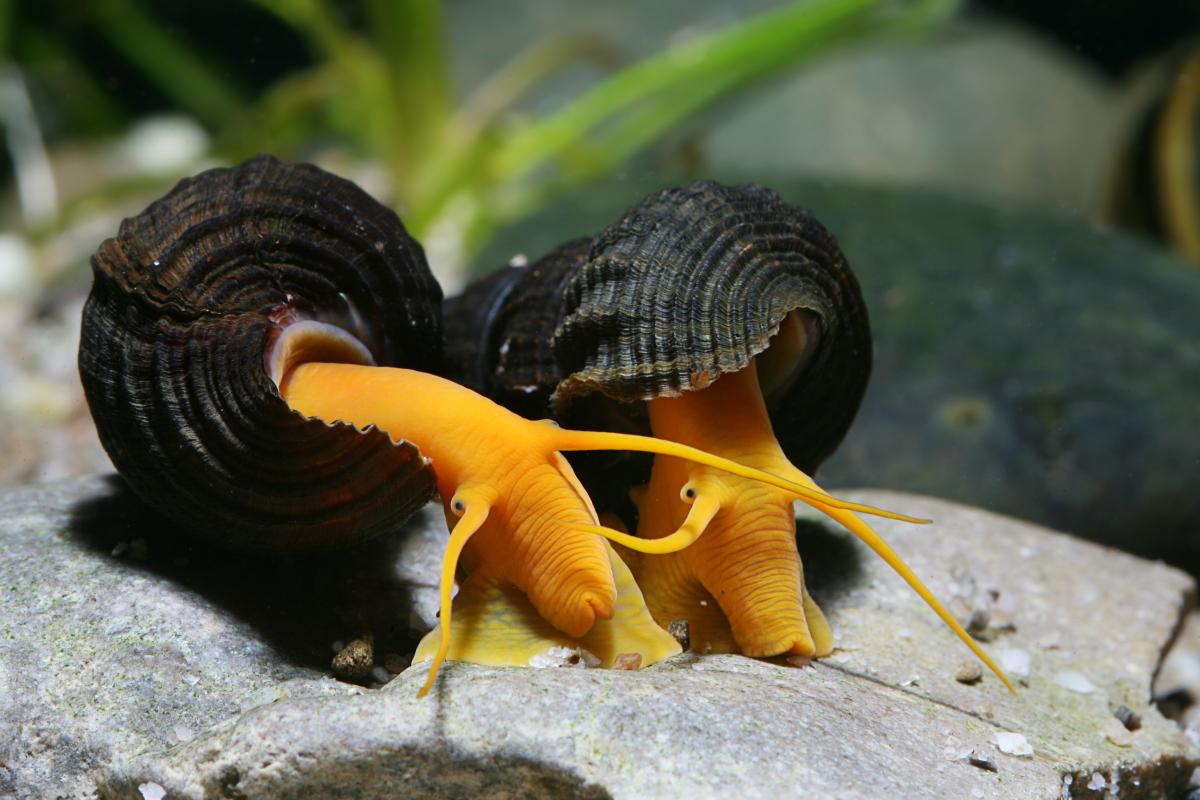Björn Stelbrink, Thomas von Rintelen (Museum für Naturkunde Berlin) and colleagues used geological reconstructions and molecular phylogenies to analyze and date the origin and distribution of selected animal groups on the island Sulawesi. They could show that most animal groups such as grasshoppers, frogs, tree squirrels, shrews, macaques and tarsiers came from the Asian mainland. How did they get to Sulawesi? By swimming, flying or just drifting about.
Sulawesi, an odd k-shaped island in the centre of Indonesia, is fascinating for zoologists and biogeographers alike, as it does not only host a diverse endemic fauna, but has a rather unique geological history as well. The geographic relationship of some of the island’s animals like the conspicious babirusa remained enigmatic at first, which more than 150 years ago prompted the famous English naturalist Alfred Russel Wallace to call it an “anomalous island“. A recently published study by Björn Stelbrink, Thomas von Rintelen (Museum für Naturkunde) and colleagues in the journal Evolution used geological reconstructions and molecular phylogenies to infer and date the origin and distribution of selected animal groups from the island. They could show that the majority of groups studied came from the Asian mainland and found their way to Sulawesi presumably by wind drifting, rafting and swimming, especially when the sea level was (climate-driven) low in the last 10 million years. However, for some animal groups from Sulawesi with an origin in Australia continental fragments may have acted as “rafts“.
Publication: http://onlinelibrary.wiley.com/doi/10.1111/j.1558-5646.2012.01588.x/abstract
A free picture you can get here: http://download.naturkundemuseum-berlin.de/presse/Sulawesi
Copyright: Museum für Naturkunde Berlin
